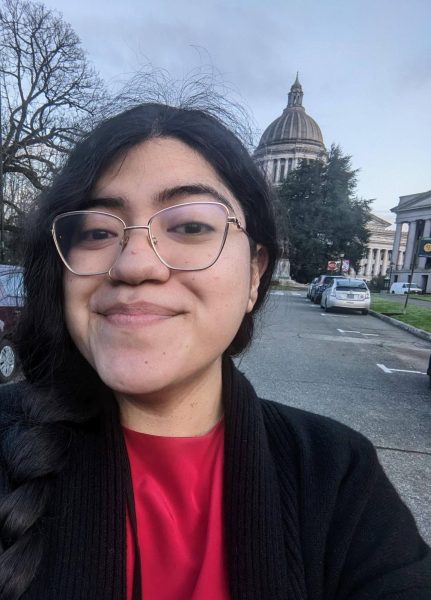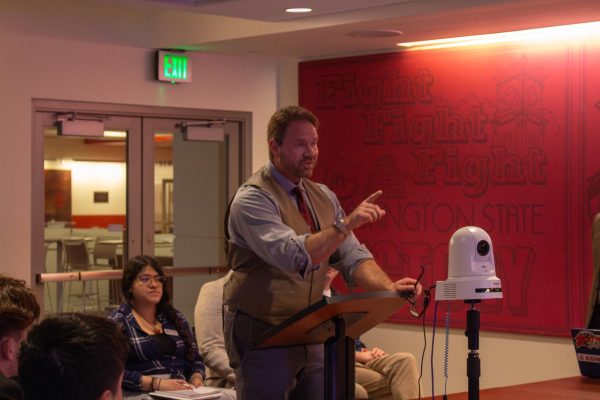Hospital hosts event to provide help for dyslexic students
Open house will feature stations, educate parents about school resources
YANG CHEN | DAILY EVERGREEN FILE
A department within the Pullman Regional Hospital will hold an open house to help those who have been diagnosed with dyslexia today at 4 p.m.
March 26, 2019
The Summit Therapy and Health Services department of Pullman Regional Hospital (PRH) will host an open house for those struggling with dyslexia today.
Jennifer Griffin, PRH speech-language pathologist, said the event is open to the public, specifically parents and guardians of children who have difficulty with their scholastic and academic abilities.
The open house will be at Summit Therapy from 4-6:30 p.m.
She said dyslexia is a neurological-based disorder resulting in difficulty with the development of reading, spelling and writing.
“Often times it goes undiagnosed, but we see mostly 9- and 10-year-olds,” Griffin said. “It can be diagnosed as young as 4 or 5, but sometimes adults are also diagnosed.”
Griffin said PRH was trained by a company, The Apple Group, in its treatment program called Connections: OG in 3D in June last year. The treatment program was implemented at PRH in August 2018.
She said PHR Occupational Therapist Frances Davies and her lead the program, which has over six patients.
Griffin said the event will help direct parents to resources, including how to request school accommodations for dyslexic students.
The event will also feature interactive stations for children, she said. The activities are part of the treatment program.
Griffin said one activity consists of a tray filled with miniature beads used by children to carve letters and words.
Another activity features a grid of plastic, covered with a piece of paper that children will write on. She said this results in an array of bumps forming the letters on the paper.
Griffin said those activities help with the development of reading and spelling. A different station also includes spelling with objects.
“A toy apple will stand for the letter A and a pig will symbolize the letter P. Then a tiger is for the letter T,” she said. “You can put the pig, the apple, and then the tiger and spell Pat.”
Griffin said this helps to improve a child’s sound-letter correspondence.
“The effects of the treatment program is explicitly teaching a child to read and spell,” Griffin said. “That helps with development skills, including writing.”





















